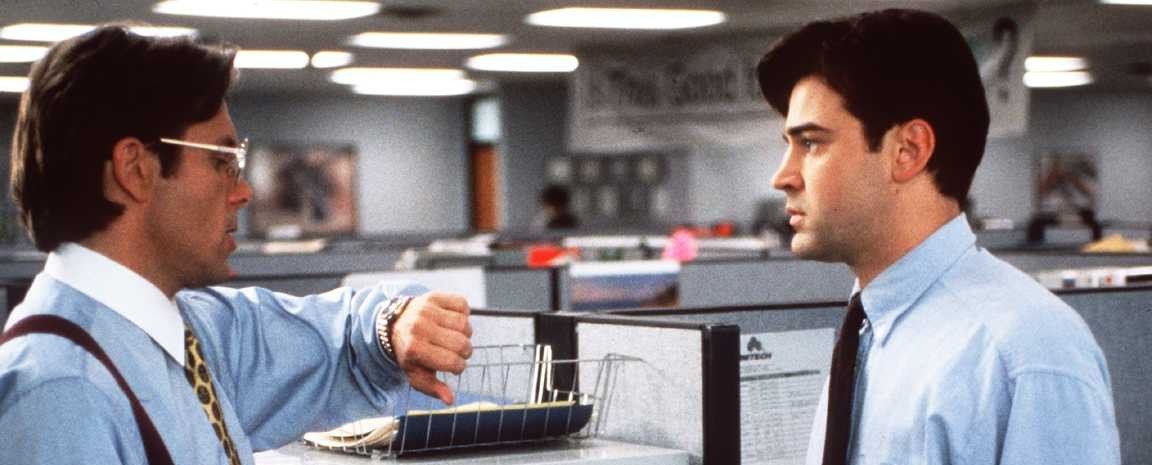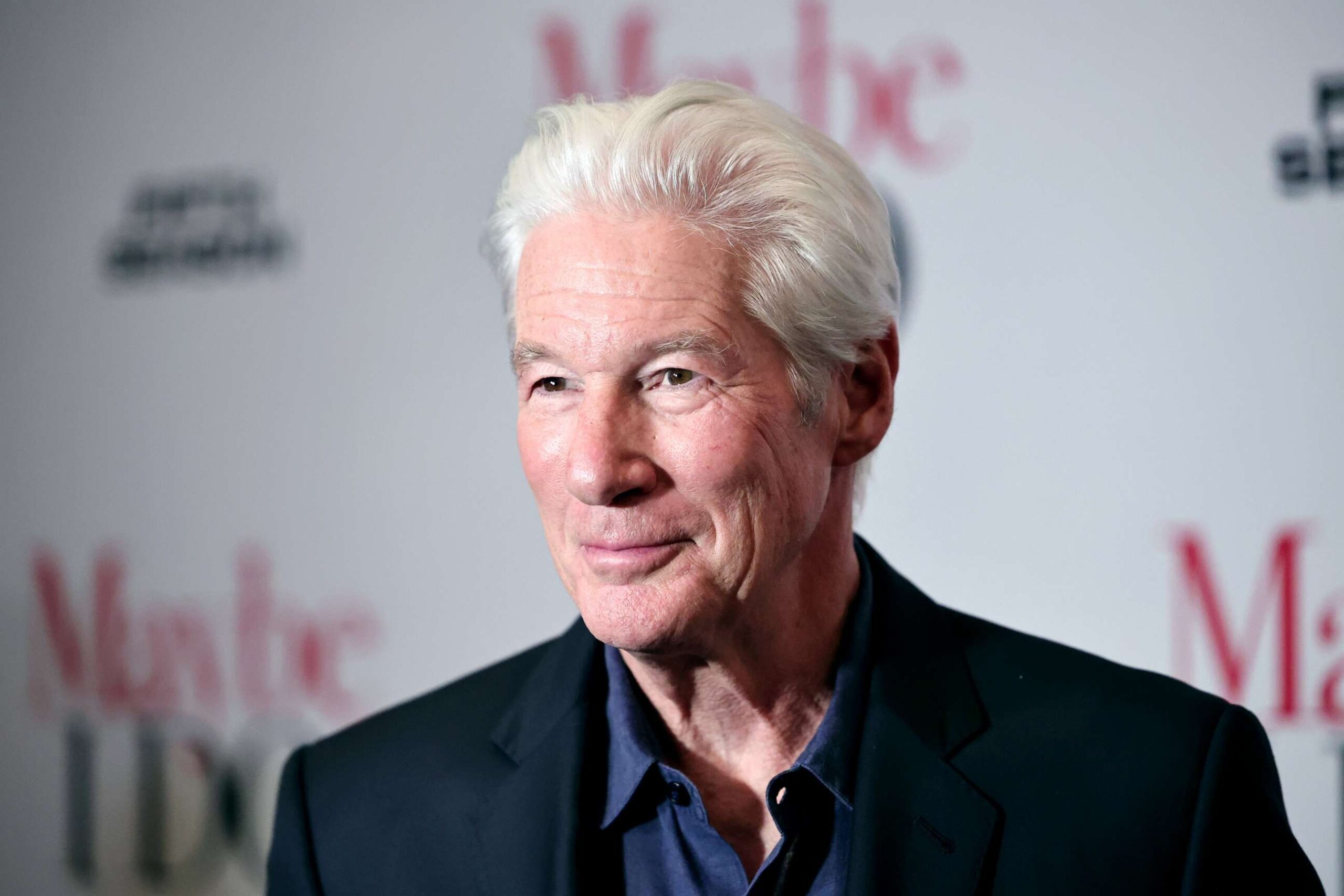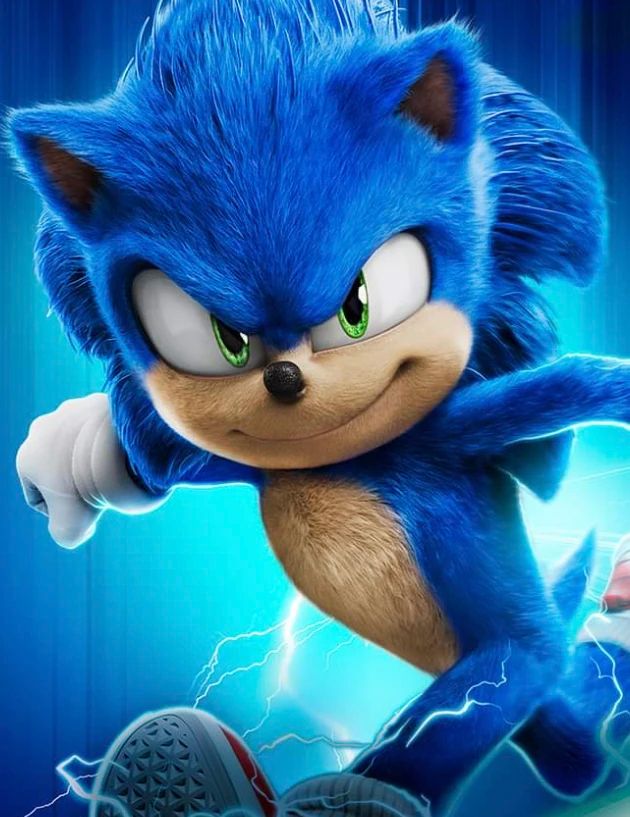
The silver screen, for many, represents an escape—a portal into narratives that transport, thrill, and inspire. Yet, there are rare, potent instances when a film’s impact spills beyond the confines of the auditorium, igniting a tempest of real-world consequences. These are not merely moments of cinematic greatness or box office success; they are cultural flashpoints, revealing the profound, sometimes unsettling, power of storytelling to stir the deepest human emotions and provoke societal upheaval.
From mass fainting and calls for paramedics to national security warnings and actual acts of violence, certain films have etched their place in history not just for their artistic merit, but for the sheer chaos they unleashed. They serve as potent reminders that a movie is never just a movie; it is a catalyst, a reflection, and occasionally, an incendiary device, capable of disrupting the very fabric of public order.
We delve into some of the most infamous cinematic events where the audience’s passion, or even terror, translated into tangible real-world outcomes, requiring police intervention, medical aid, or igniting widespread panic and political repercussions. These are the films that didn’t just entertain; they profoundly disrupted, leaving a lasting mark on both cinema history and the societal landscape.
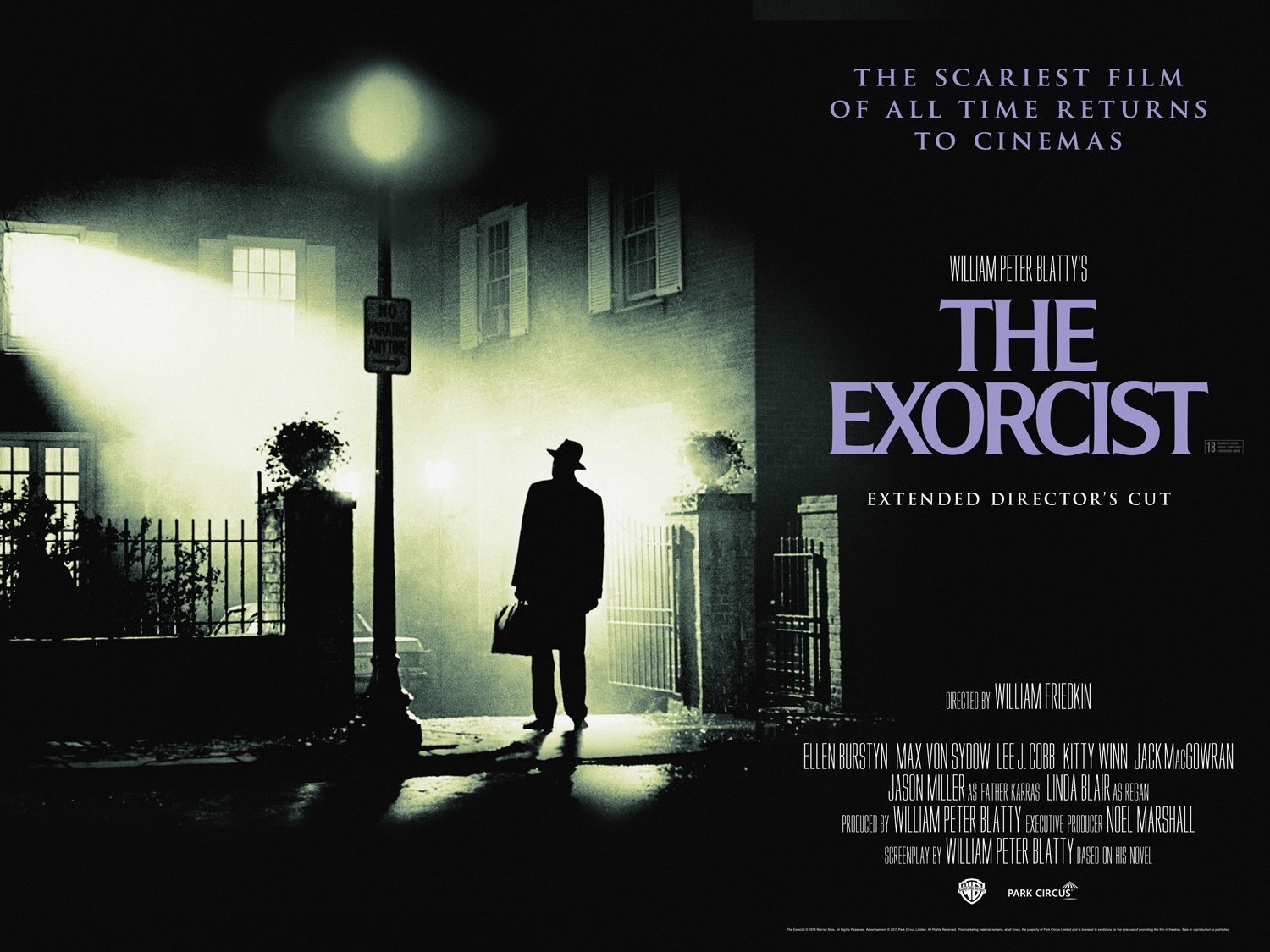
1. **The Exorcist (1973)**When William Friedkin’s *The Exorcist* opened in 1973, it didn’t just terrify; it unleashed physical reactions in theaters across the country. In scenes featuring levitation, head-spinning, and a 12-year-old girl violently possessed, audience members were known to faint, scream, vomit, or bolt from their seats. Ushers reportedly found viewers passed out in aisles while others needed to be escorted out in hysterics. Theaters in New York and Los Angeles hired extra security and on-site paramedics, and a few locations even passed out “Exorcist Barf Bags” as a promotional stunt.
The film’s intensity led to real-world incidents and legal battles. In Boston, a woman fractured her jaw after fainting and falling, prompting a lawsuit against Warner Bros. and the theater chain. Protestors in Berkeley formed prayer circles outside screenings. A psychiatric journal later published articles analyzing viewers’ trauma as a form of “cinema-induced stress response.”
Despite the fear and controversy, *The Exorcist* grossed over $440 million and became the first horror movie nominated for Best Picture, which only exacerbated the frenzy around it. Its legacy underscores horror cinema’s power to physically and psychologically unnerve its audience, sparking enduring debate on its impact.
Read more about: Beyond the Popcorn: 14 Infamous Movies That Sent Audiences Running for the Exits
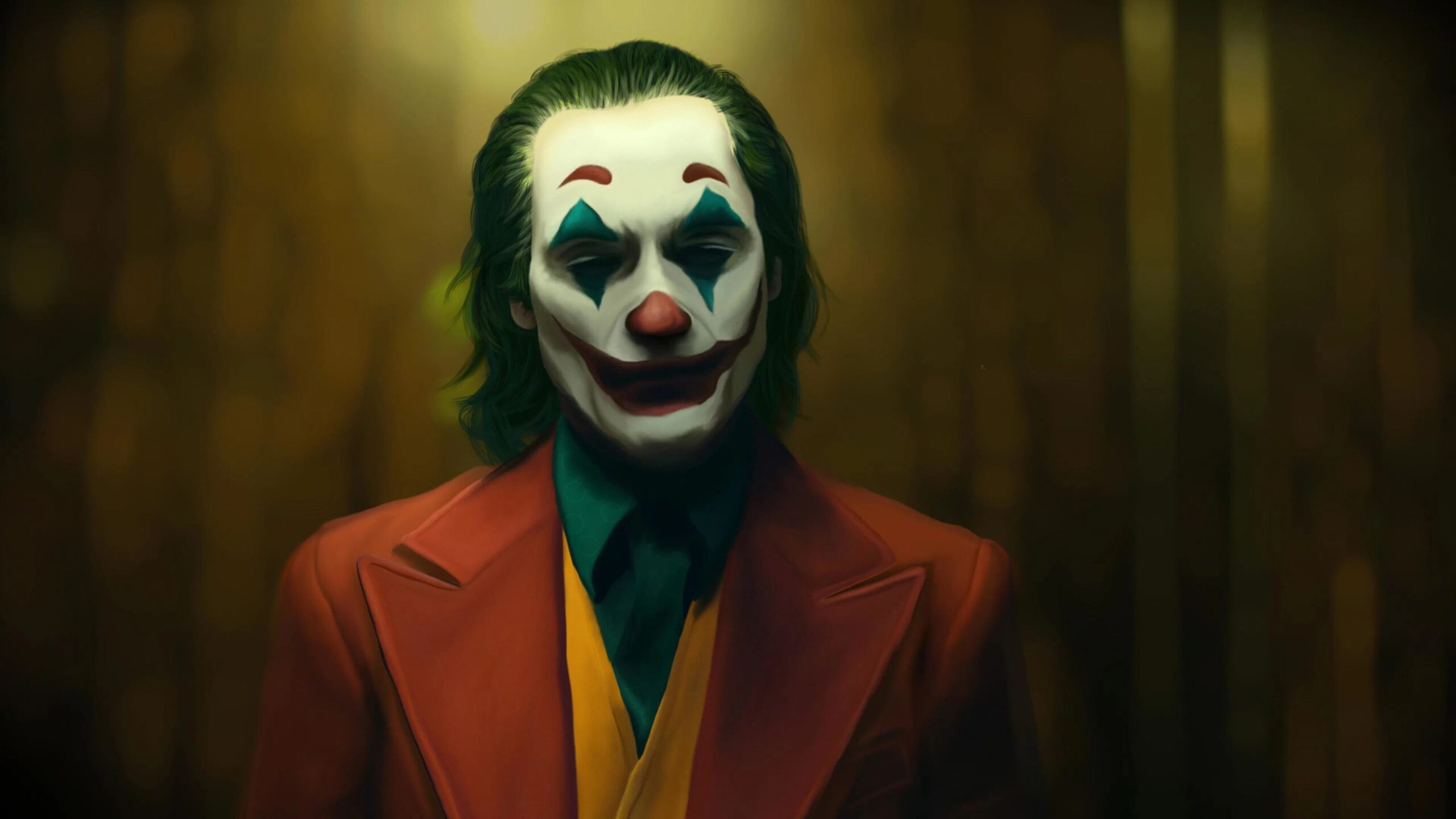
2. **Joker (2019)**By the time *Joker* arrived in theaters, the hysteria surrounding it had reached national security levels. Critics accused it of potentially glorifying “incel” violence, drawing comparisons to *Taxi Driver* and *Falling Down* for its bleak portrayal of an alienated man turning violent. The FBI and Department of Homeland Security issued internal memos about online chatter discussing attacks during screenings, citing the 2012 Aurora shooting as a worst-case scenario.
Theaters around the U.S. responded with bag checks, visible police presence, and even plainclothes officers seated inside auditoriums. The backlash wasn’t all theoretical; in Long Beach, California, a theater canceled showings after a man with a backpack acted suspiciously. In Huntington Beach, a screening was paused mid-film after a patron shouted threats, sparking panic.
Some AMC and Regal locations banned masks, face paint, and costumes for the opening weekend. Despite these extensive security measures and widespread apprehension, *Joker* grossed over $1 billion, became the highest-grossing R-rated movie of all time, and earned 11 Oscar nominations, demonstrating its profound cultural resonance amidst profound controversy.
Read more about: Beyond Normandy: 9 Essential War Movies Every ‘Saving Private Ryan’ Fan Must See
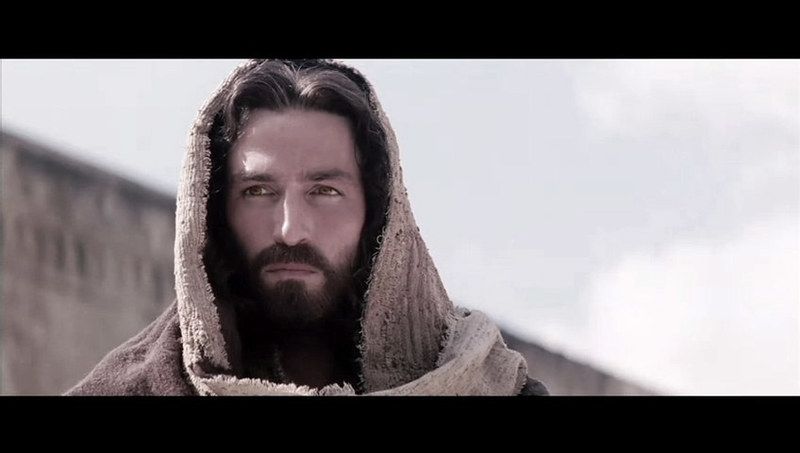
3. **The Passion of the Christ (2004)**Mel Gibson’s *The Passion of the Christ* became a religious and political lightning rod. Its unflinching, graphic depiction of Jesus’s final hours made some audiences feel they were witnessing a snuff film, especially during the flagellation and crucifixion sequences, which lasted over 20 minutes with nearly no dialogue. Audiences wept, screamed, and clutched one another as the beatings escalated.
The film’s profound impact led to emergency calls and tragic incidents. Ambulances were summoned in multiple cities. In Kansas, a 57-year-old woman died of a heart attack during the crucifixion scene, and in Brazil, another viewer reportedly had a seizure mid-film. These events highlighted the extreme physiological toll the movie exacted.
Beyond physical responses, the film stirred deep divisions. Some Jewish organizations accused it of stoking antisemitic tropes, while evangelical churches rented out entire theaters, treating the release as a spiritual event, with some offering post-screening prayer circles and baptisms. Despite critics calling the violence excessive, supporters hailed it as biblically accurate. The film earned over $600 million globally, debated from pulpits to primetime for months.
Read more about: Brad Pitt’s Enduring Legacy: A GQ Look at His Most Iconic Roles and Career Milestones
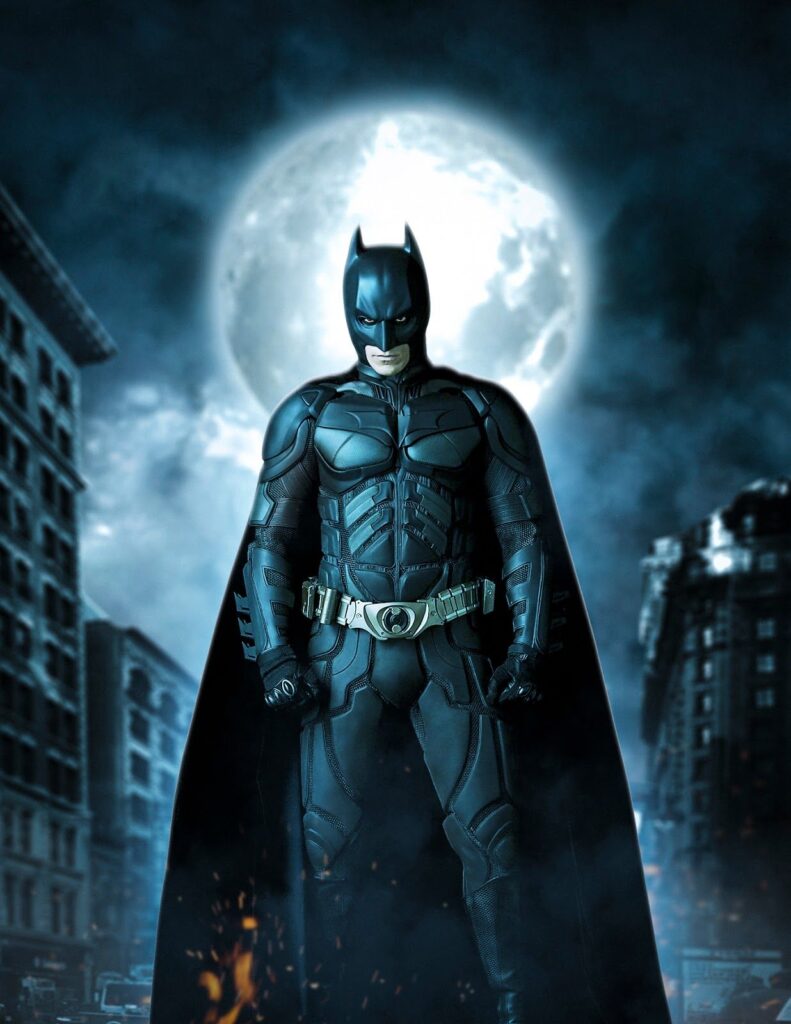
4. **The Dark Knight (2008) / The Dark Knight Rises (2012)***The Dark Knight* was one of the most anticipated films of the decade, but the frenzy around its 2008 release generated unprecedented tension in theaters, particularly after Heath Ledger’s death. Its midnight premiere broke box office records but also challenged crowd control norms. In cities like Philadelphia, Los Angeles, and Atlanta, police were called to manage fistfights over seating, line-cutting, and one incident of a man throwing a soda at a mother.
The situation tragically escalated in 2012 when a mass shooting occurred during the midnight screening of *The Dark Knight Rises* in Aurora, Colorado. A gunman entered the theater, released tear gas, and opened fire, killing 12 and injuring 70. Though during the sequel, the event was tightly associated with *The Dark Knight* trilogy.
Warner Bros. pulled ads and canceled red carpet events. Movie theaters across the U.S. subsequently banned masks and costumes for future screenings of high-profile releases. This devastating event served as a grim catalyst for increased security presence, fundamentally altering the communal experience of movie-watching by highlighting potential vulnerabilities.
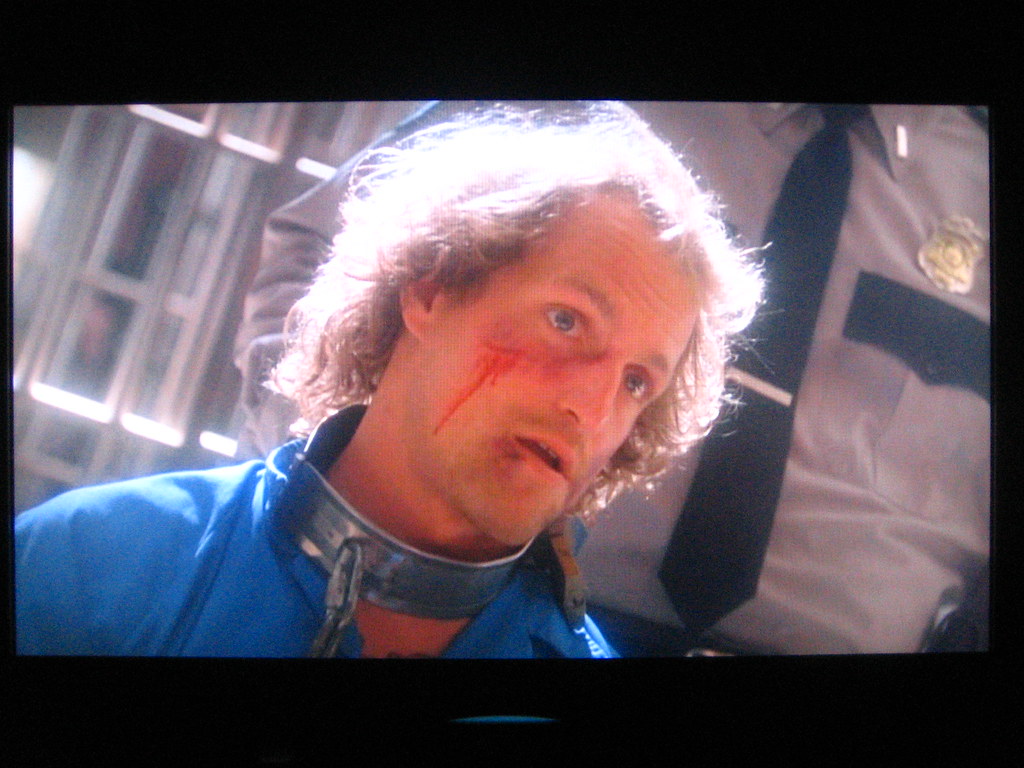
5. **Natural Born Killers (1994)**Oliver Stone’s *Natural Born Killers* quickly became infamous not just for its content, but for what it seemed to unleash outside the theater. The film’s chaotic visuals and satirical portrayal of media-glorified violence inspired a loyal fan base—and a wave of concern. Critics warned it could provoke copycat crimes, a fear that tragically materialized.
Over a dozen real-life violent incidents were linked directly or indirectly to the movie, including two teenagers in France who murdered a taxi driver after watching the film. In Louisiana, a couple named Sarah Edmondson and Benjamin Darras went on a multi-state crime spree after allegedly watching the film repeatedly, leading to a lawsuit against Oliver Stone and Warner Bros. for “inspiring” the violence.
In theaters, reports emerged of audience members laughing during murder scenes, yelling out lines, or shouting at characters onscreen, creating uncomfortable viewing environments. Some theater owners pulled the film after opening weekend, citing rowdy audiences and staff safety concerns. In several U.S. cities, police were stationed at screenings due to fears of incidents, underscoring the film’s controversial impact.
Read more about: Beyond the Limelight: 15 Celebrities Who Bravely Served in the Vietnam War

6. **The Interview (2014)**A goofy comedy about assassinating North Korea’s leader sparked a real-world geopolitical crisis. When Sony announced *The Interview*, North Korea immediately condemned the film. Then, a massive cyberattack hit Sony Pictures in November 2014, leaking employee emails, salaries, medical records, and unreleased films, linked to North Korean operatives.
The hackers demanded Sony cancel the movie or face further consequences. Theaters scheduled to screen the film received direct threats of violence referencing 9/11. Major chains, including AMC, Regal, and Cinemark, pulled out of distribution, prompting Sony to initially cancel the release, triggering backlash about censorship.
Independent theaters that agreed to show the film received bomb threats, forcing police sweeps. The film was eventually released on digital platforms and in a few indie theaters on Christmas Day, many with armed security. The entire event turned a mid-tier comedy into an international flashpoint, sparking debates over free speech, corporate responsibility, and cyber warfare.
The silver screen’s ability to stir emotions and provoke thought is undeniable, but sometimes, the audience’s engagement spirals into unique forms of chaos that reshape the cinematic experience itself. Beyond the direct violence or geopolitical crises we’ve explored, there exist moments when fandom, cultural clashes, psychological phenomena, or disruptive meme trends transform a simple movie screening into an event far more complex and unpredictable.
These are stories of interactive screenings, intense fan rivalries, unexpected psychological tolls, and the strange alchemy of digital culture meeting physical space, showcasing how films don’t just reflect society but actively participate in its tumultuous, often bewildering, evolution. We continue our journey through cinema history, delving into more films that, for better or worse, ignited their own distinct brand of real-world disruption.
Read more about: Julianne Moore’s Unforgettable Journey: Unpacking the Illustrious Career of a Hollywood Icon
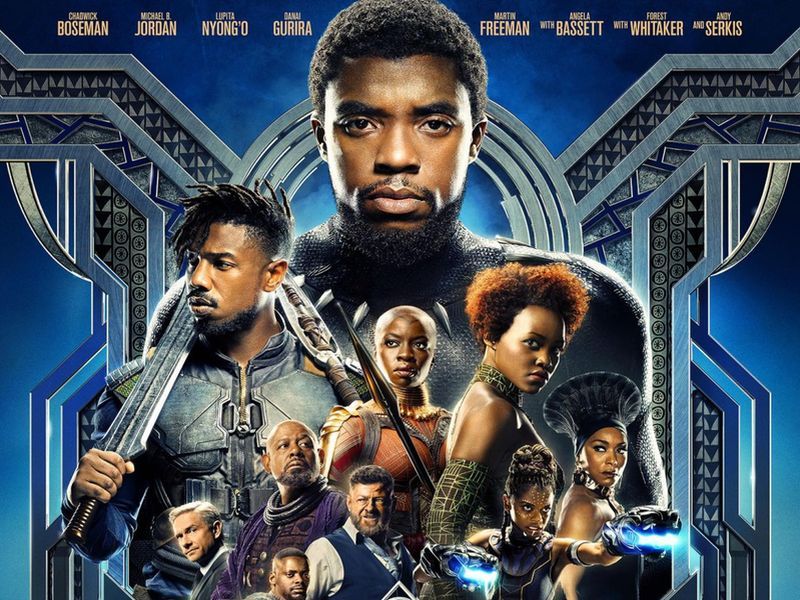
7. **Black Panther (2018)***Black Panther* was celebrated globally as a triumph for representation, showcasing a vibrant, technologically advanced African nation. Yet, its monumental release also inadvertently exposed latent cultural fault lines and became a target for sophisticated digital manipulation, adding a layer of unforeseen chaos to its otherwise glorious debut.
As anticipation for the film reached a fever pitch, coordinated troll campaigns began circulating insidious fake stories on platforms like Twitter. These posts, often accompanied by stock photos and misleading captions, falsely claimed that white viewers had been assaulted at screenings of the film, designed specifically to stoke racial tension and create division. These manipulative narratives were later traced back to bot accounts linked to broader disinformation networks, but not before they spread widely, generating significant confusion and a backlash online, causing real public concern.
The insidious nature of these campaigns was such that some theaters even received calls from concerned customers, cautiously asking if it was genuinely “safe” to attend a screening of the film. While the overwhelming real-world response to *Black Panther* was profoundly positive and celebratory, the sheer, unprecedented volume of foot traffic and fervent enthusiasm occasionally led to more localized, logistical chaos within and around theaters.
In one instance at a Brooklyn theater, the sheer press of a mob of walk-ins attempting to sneak into sold-out showings became so overwhelming that staff were forced to open emergency exits just to manage the surging crowd. Similarly, in Atlanta, a screening nearly escalated into a physical altercation when one particularly impassioned group attempted to claim seats that had already been reserved by another party, highlighting the intense emotions the film could evoke.
To manage these unique challenges, theaters across the nation responded by adding extra staff and bolstering security presence for the film’s run. Despite these rare, localized disruptions and the calculated digital attacks, *Black Panther* went on to gross an astounding $1.3 billion globally, irrevocably reshaping the Marvel cinematic universe and underscoring the powerful cultural reverberations a film of its magnitude can unleash, both positive and challenging.
Read more about: Forgotten Leading Ladies: The 14 Actresses of the 1960s Who Deserve a Modern Spotlight
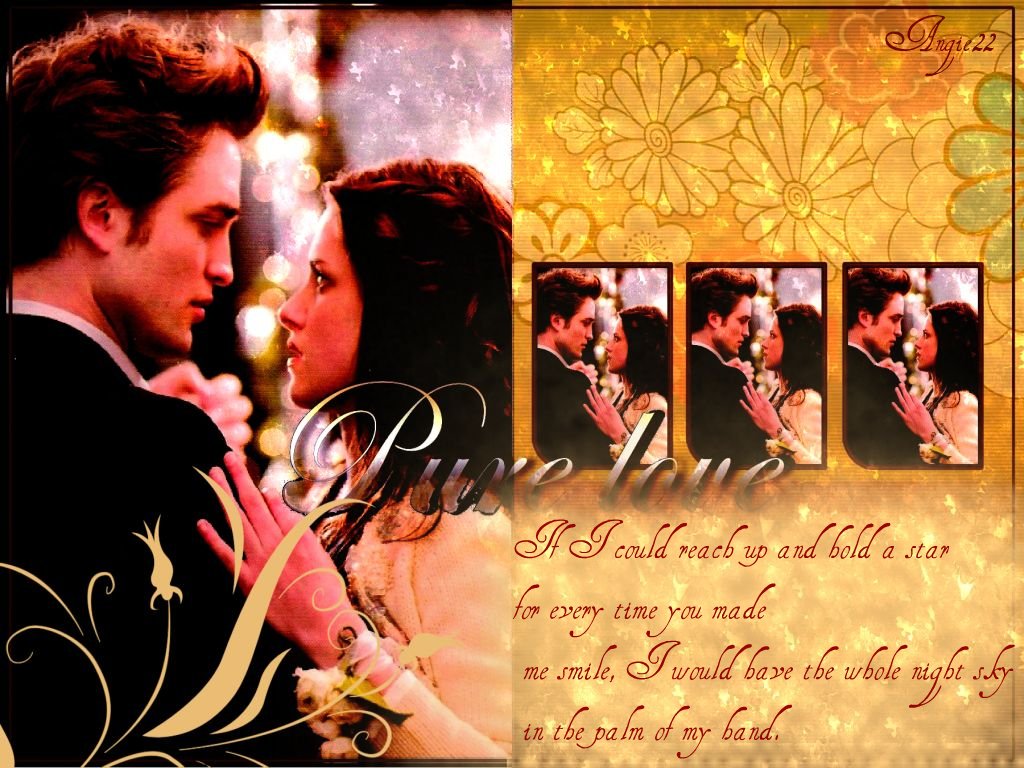
8. **Twilight: New Moon (2009)**If the original *Twilight* film merely hinted at the potential for fervent fandom to create chaos, its sequel, *New Moon*, unapologetically weaponized it, transforming movie theaters into battlegrounds of adolescent passion. Midnight premieres for the film were spectacles in themselves, with thousands of teenagers lining up for hours, many in full costume—caped, glittered, and often teetering on the brink of emotional unhingedness, their anticipation palpable.
The most significant source of drama within the theaters themselves was not the on-screen narrative but the fierce, almost tribal fan turf wars that erupted between adherents of “Team Edward” and “Team Jacob.” These deeply personal rivalries, fueled by an intense devotion to either the vampire or werewolf love interest, frequently escalated into real shouting matches and heated verbal confrontations that disrupted the communal viewing experience.
In some cities, the heightened tensions necessitated theaters bringing in additional security personnel, not merely for crowd control but specifically to manage the verbal and, alarmingly, sometimes physical fights that broke out between rival fan groups waiting in line. The fervor could turn genuinely aggressive, creating an uncomfortable and occasionally unsafe environment.
A particularly notable incident occurred at a Utah screening, where a group of exuberant teens brazenly stormed a row of saved seats, causing drinks to be knocked over and sparking a full-blown brawl that required immediate intervention. In New Jersey, an argument over seating between a group of mothers, supposedly there to chaperone, became so heated that police were ultimately called to escort one individual out of the auditorium.
Recognizing the extreme measures fans would take, some theaters even resorted to banning seemingly innocuous items like blankets and pillows after patrons were repeatedly caught attempting to sneak in additional people by concealing them under oversized coats. *New Moon* ultimately made over $700 million worldwide, cementing its status as a blockbuster and leaving more than a few bruised egos—and quite possibly bruised shins—in its wake, a vivid testament to the intense, sometimes unruly, power of a dedicated fanbase.

9. **Avatar (2009)**James Cameron’s *Avatar* shattered box office records, becoming the highest-grossing film of all time, yet its monumental success was accompanied by an entirely unforeseen and profoundly unique psychological aftermath. Far from external riots or conflicts, viewers reported experiencing a wave of deep depression and existential despair, a direct consequence of their immersive journey into the vivid, bioluminescent world of Pandora.
This unusual phenomenon was so widespread that it sparked extensive discussion on fan forums, with a thread on “Avatar Forums” titled “Ways to cope with the depression of the dream of Pandora being intangible” attracting thousands of responses from individuals grappling with similar feelings. After leaving the stunningly beautiful, technologically advanced realm of the Na’vi, many expressed a profound emotional distress and a disconcerting sense of disconnection from the perceived drabness and imperfections of their own real-world existence.
The impact was significant enough to garner mainstream media attention, with CNN covering the phenomenon and citing therapists who had encountered patients deeply disturbed by their inability to literally “live in Pandora.” The yearning for the fantastical, idyllic world was so potent that some fans openly admitted to watching the movie multiple times per week, seeking to re-immerse themselves in its beauty as a temporary antidote to their feelings of loss and sadness.
For some, the emotional toll was even more alarming, with a few individuals reportedly claiming they felt suicidal due to the stark and painful contrast between Pandora’s ethereal perfection and the often-harsh realities of their lives. This distinct and unsettling audience reaction eventually earned its own widely recognized, albeit informal, diagnosis: “Post-Avatar Depression Syndrome,” a term that famously resurfaced with the release of its long-awaited sequel, *Avatar: The Way of Water*, confirming its enduring psychological resonance.
For these particular viewers, the chaos engendered by *Avatar* was not an external disruption of public order, but rather an intensely internal, existential crisis. It was a poignant experience triggered by an overwhelming encounter with unparalleled cinematic beauty and escapism, followed by the crushing, almost melancholic, realization that such a perfect, harmonious world remained forever beyond their tangible reach.
Read more about: The Ultimate Reality Check: 15 Overrated Blockbusters That Made an Absolute Fortune
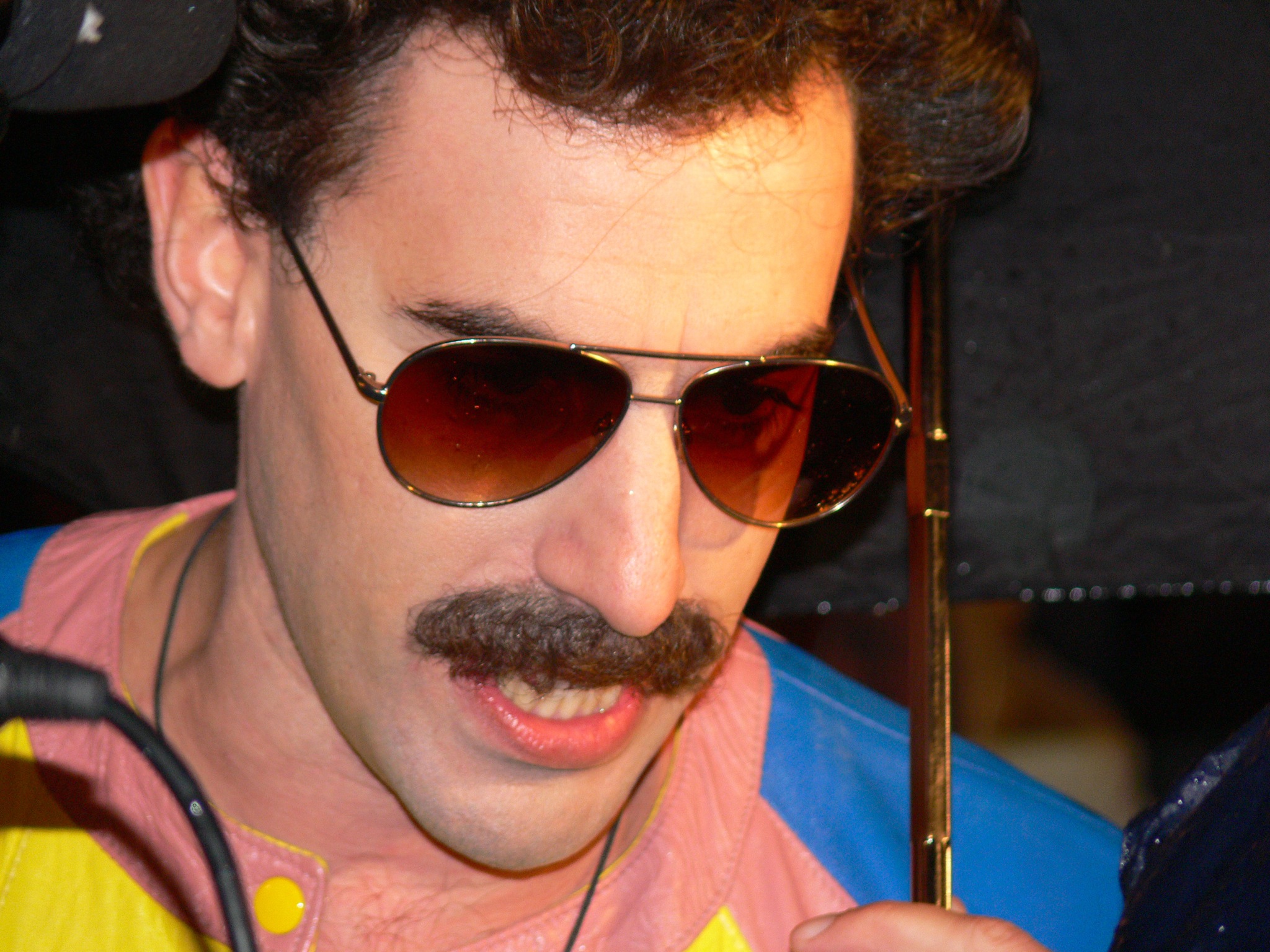
10. **Borat (2006)**When Sacha Baron Cohen’s *Borat: Cultural Learnings of America for Make Benefit Glorious Nation of Kazakhstan* was released in 2006, its distinctive brand of confrontational and often cringe-inducing humor caught many theatergoers completely off guard. The film, featuring Cohen’s meticulously crafted persona of a fake Kazakh journalist on a cross-country tour, exposed real people’s biases and behaviors, cultivating an atmosphere of volatile and often profoundly uncomfortable engagement within auditoriums.
Theaters across the United States reported a significant number of walkouts from offended or exasperated patrons, as well as heated arguments and, in some more extreme cases, full-blown audience fights. These clashes stemmed from fundamental disagreements over whether particular scenes were genuinely funny or deeply offensive, creating a palpable tension that often disrupted the communal viewing experience. One particularly memorable screening in Boston had to be abruptly halted for a full ten minutes after an elderly couple loudly objected to the infamous wrestling scene and defiantly refused to exit the theater.
In various conservative regions, particularly across the American South and Midwest, local theaters screening *Borat* became targets of intense protests and widespread calls for boycotts. These vehement objections largely centered on the film’s provocative and often sacrilegious portrayal of religion, sensitive racial stereotypes, and the cultural nuances of the American South, sparking moral outrage and drawing ire from community groups.
Adding to the unconventional atmosphere, some audiences reacted to the screen as if *Borat* were a live, interactive performance, with patrons spontaneously shouting profanities or direct, often hostile, responses to Borat’s outrageous questions and observations. This unusual dynamic sometimes spiraled into confrontational situations, as vividly evidenced by a heated physical altercation at a Dallas theater after one patron told another to provocatively “go back to Kazakhstan.”
The film’s deeply controversial nature extended far beyond the theater walls, leading to numerous protracted lawsuits from individuals who had been unknowingly tricked into appearing in the film and felt exploited or humiliated by Cohen’s mockumentary style. These legal battles continued for years, cementing *Borat*’s legacy not only as a film that deliberately blurred the lines between fiction and reality within its narrative but also one that ignited genuine cultural chaos in the real world.
Read more about: From Antique Rolexes to Limited-Edition Watches: Ryan Reynolds’ Luxurious Assortment of Timeless Timepieces

11. **The Rocky Horror Picture Show (1975)***The Rocky Horror Picture Show* stands as the undisputed standard-bearer for midnight movie madness, a cinematic phenomenon that initially bombed spectacularly in its initial 1975 release but has since transcended its commercial failure to become a legitimate, enduring cult classic. Its unparalleled and enduring appeal is almost entirely attributed to its dedicated following, which ingeniously transformed conventional midnight screenings into wild, interactive events that continue to sell out for special occasions like Halloween and Pride Month decades later.
To truly experience *The Rocky Horror Picture Show* in its quintessential form is not to merely watch it passively on a video or streaming platform at home; it’s to fully immerse oneself in the crazy, often outrageous, theatrical experience that exclusively defines its classic status. These showings frequently commence with “virgins”—a playful term for first-time attendees—undergoing humorous, often slightly risqué, hazing rituals before the film even starts, immediately establishing a tone of irreverent communal participation and breaking down conventional barriers.
Throughout the entire campy musical, every moment of silence or narrative lull is eagerly, and often loudly, filled by the audience shouting pre-arranged call-backs at the screen, creating a raucous, synchronized dialogue that has become as intrinsic a part of the film as the original script itself. Adding another captivating layer of spectacle, dedicated “shadow-casts” often perform the entire movie’s action live alongside the actors on-screen, mirroring their movements and dialogue with enthusiastic, costumed precision, turning each screening into a unique, hybrid theatrical event.
Integral to the authentic *Rocky Horror* experience are the cherished, participatory traditions involving props, which are brought by audience members. Attendees famously throw various items at the screen at specific, well-known cues, a practice reminiscent of the “chicken jockey” phenomenon from much later films. This includes tossing rice during the iconic wedding scene, flinging pieces of toast when Dr. Frank-N-Furter utters the line “A toast,” and raining down playing cards during the lyrics “Cards for sorrow, cards for pain,” among other playful projectiles.
Beyond the call-backs and prop-throwing, an atmosphere of bold gender-bending costumes and open displays of uality is not merely tolerated but actively and enthusiastically encouraged, fostering an environment of radical liberation and self-expression. Historically, *Rocky Horror* fandom has served as an incredibly vital refuge and a deeply celebratory space for the LGBTQ+ community, creating a unique kind of joyous, anarchic chaos that is both a playful rebellion against conventional cinematic etiquette and a powerful affirmation of diverse identities.
Read more about: Prove Your Sci-Fi Cred: 15 Essential Movies You Absolutely CANNOT Miss!

12. **Minions: The Rise of Gru (2022)**Upon its release in 2022, *Minions: The Rise of Gru* unexpectedly shattered box office records, driven in significant part by an unprecedented surge in ticket sales from a surprising demographic: meme-obsessed teenagers. What was once a cultural phenomenon largely confined to Boomers sharing Minion memes on Facebook, rapidly transformed into the “Gentleminions” movement, where Gen Z flocked to cinemas dressed in their finest, often ironically chosen, fancy suits to enjoy the then-latest Illumination animated feature.
Had this phenomenon remained simply a peculiar and amusing fashion trend, the “Gentleminions” would have been celebrated as a delightful and humorous cultural moment, undoubtedly welcomed by Universal for the substantial extra revenue it generated. However, this seemingly innocuous trend quickly offered movie theaters a concerning preview of the kind of inappropriate and disruptive audience behavior that would later culminate in even more extreme incidents like the “chicken jockey” craze.
Social media platforms, particularly TikTok, became inundated with viral videos showcasing *Minions: The Rise of Gru* screenings devolving into chaotic scenes resembling mosh pits, a stark contrast to the film’s intended family audience. Beyond the sheer noise and disruption, some theaters reported unfortunate instances of property damage, while families bringing young children were understandably disturbed and often forced to leave due to the boisterous and sometimes unruly conduct of these large teenage groups.
The situation escalated to the point where, in the United Kingdom, several cinema chains felt compelled to implement proactive precautionary measures. These venues resorted to outright banning unaccompanied suit-wearing youth from attending screenings, a direct response to the escalating disruptions. This measure starkly highlighted the severity of the chaos and the profound challenge theaters faced in maintaining a suitable, safe, and enjoyable environment for all patrons.
The “Gentleminions” movement vividly illustrated how contemporary digital culture, with its rapidly evolving meme-driven trends and viral challenges, can exert a profound and often unpredictable influence on traditional real-world spaces like movie theaters. It created unique forms of audience chaos that challenged established theatrical etiquette, forcing venues to adapt swiftly to new, and often perplexing, forms of cinematic engagement and audience interaction.
From the early days of cinematic awe to the hyper-connected, meme-driven realities of today, these twelve films collectively underscore the immense and often volatile power of the silver screen. They transcend their role as mere entertainment, serving as potent catalysts for a spectrum of human reactions—be it physical manifestations of terror, profound psychological reckonings, exhilarating communal celebrations, or unsettling societal breakdowns. Whether through genuine fear, collective delusion, fanatical devotion, or the sheer, unbridled energy of meme-fueled mayhem, these cinematic moments didn’t merely play out on a projection; they played upon the very fabric of our shared reality, leaving an indelible, sometimes chaotic, mark on both film history and the unpredictable contours of human behavior.

